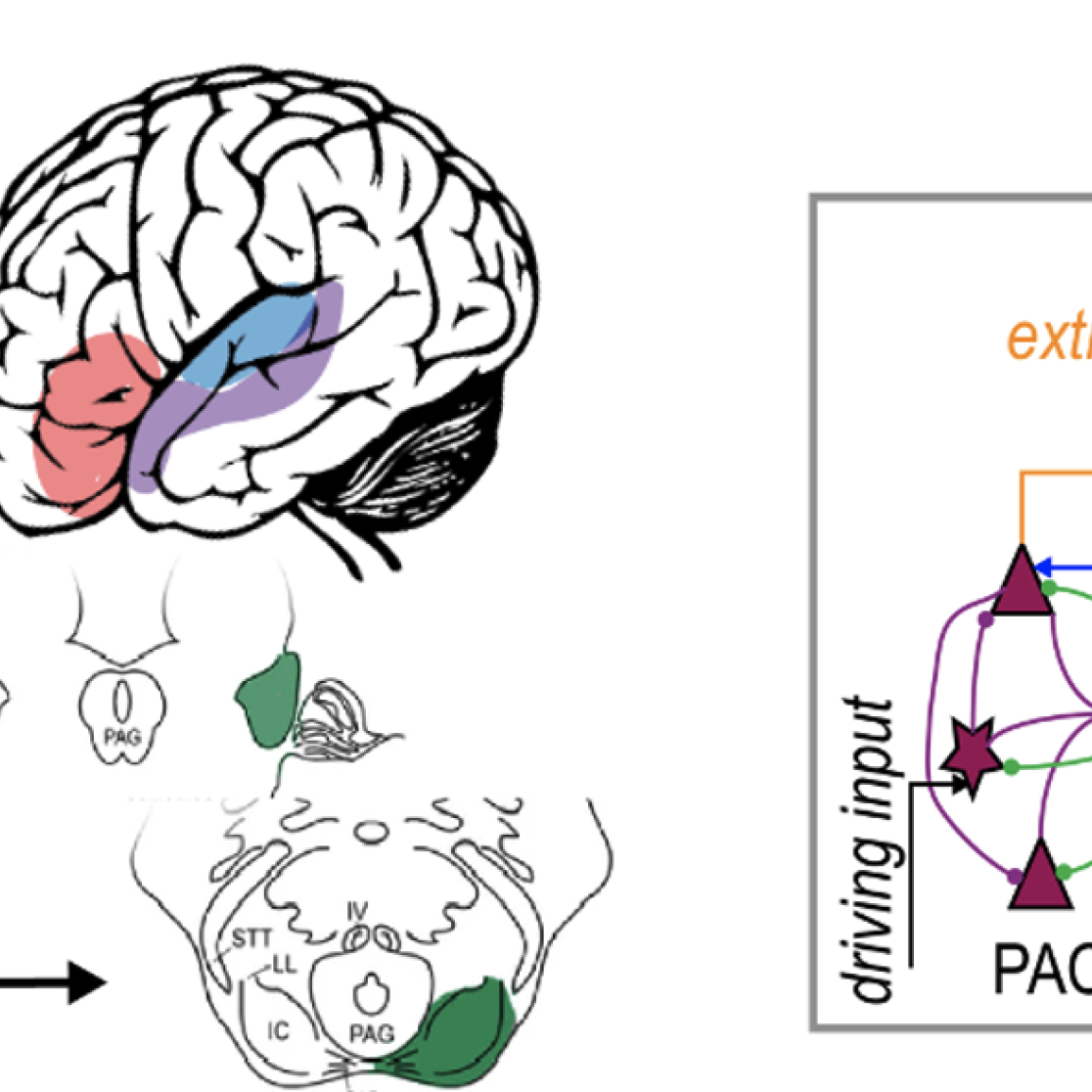mesoScopic Computational AuditioN lab

In the mesoScopic Computational AuditioN (SCAN) lab, we aim to understand how feedforward and feedback processing allows our brain to extract information from sounds. A particular focus at SCAN lab is how and where along the auditory pathway these processes contribute to forming predictions of what we are going to hear next.
To understand the computations carried by cortical layers and columns as well as subcortical structures, the SCAN lab develops approaches using a variety of methods. We use mathematical and computational models of auditory perception to form hypotheses about the algorithms carried by neural populations.
We at SCAN lab, develop computational neuroimaging tools to link these models to measures of brain activity. To achieve the necessary spatial and temporal resolution to study these computations, we exploit the high spatial resolution afforded by ultra high magnetic field functional imaging (fMRI) and the high temporal resolution attainable with non-invasive approaches such as electroencephalography (EEG) and magnetoencephalography (MEG). These approaches are geared to understand behaviour, which we study with auditory psychophysics.
Current area of interest: Predictive coding in the auditory system
Our percept does not reflect the sensory stimulus itself, but rather a combination of the stimulus and an internal model of its causes. Predictive Coding hypothesizes that the internal model is built through the hierarchical interaction of model predictions (feedback) and prediction errors (feedforward) across brain regions.

Methods
To understand the computations carried by cortical layers and columns as well as subcortical structures, we develop approaches using the following methods:
- Ultra-high field magnetic functional imaging (access to 7T and 9.4T scanners)
- Mathematical and computational models
- Magneto(Electro)encephalography (M/EEG)
- Psychophysics
- Data analysis techniques including machine learning
Twitter feed
Funding
- NIH Brain Initiative - Neural and Vascular underpinnings of laminar fMRI in humans.
- ERC CoG - PrAud: mesoscopic computational imaging of the predictive listening human brain.